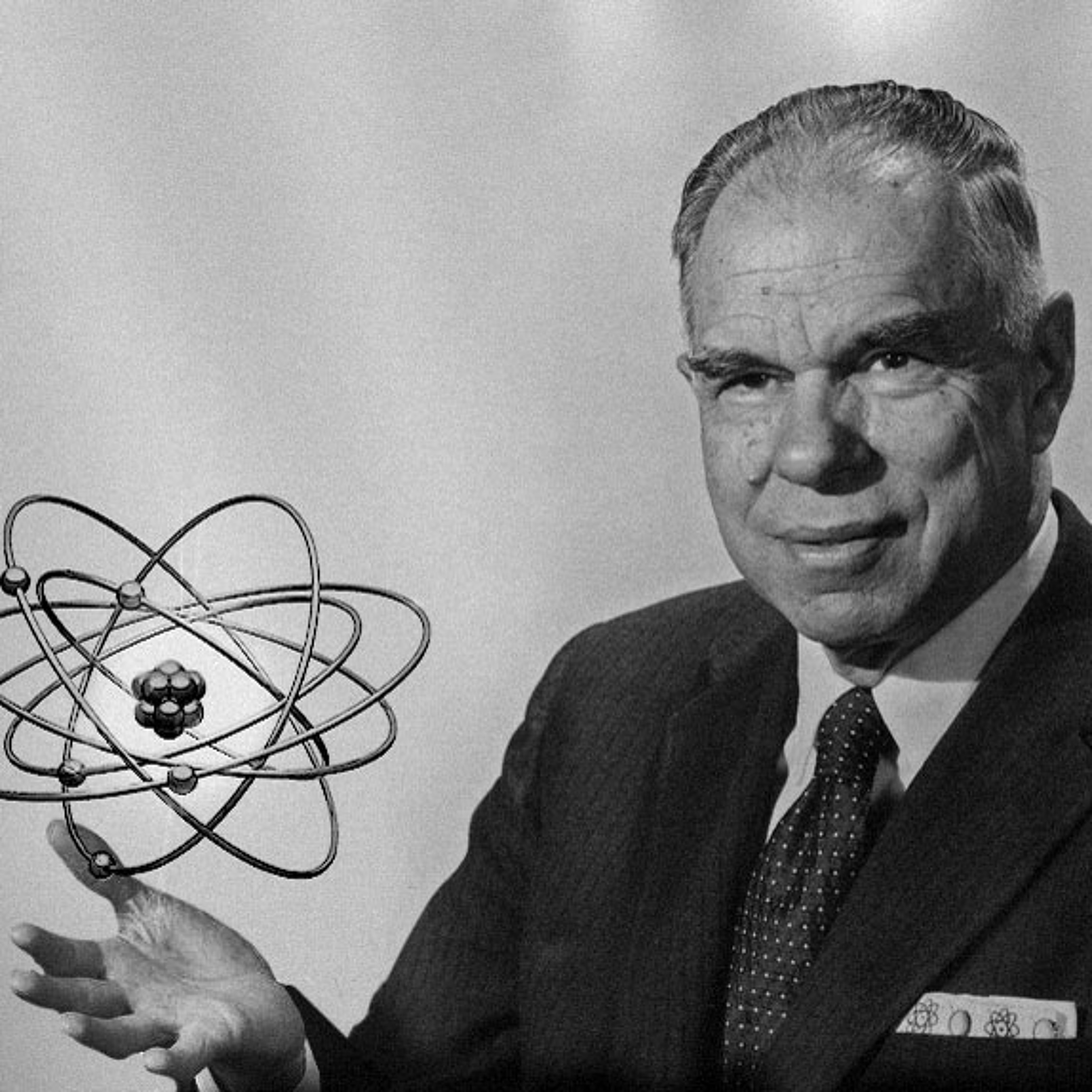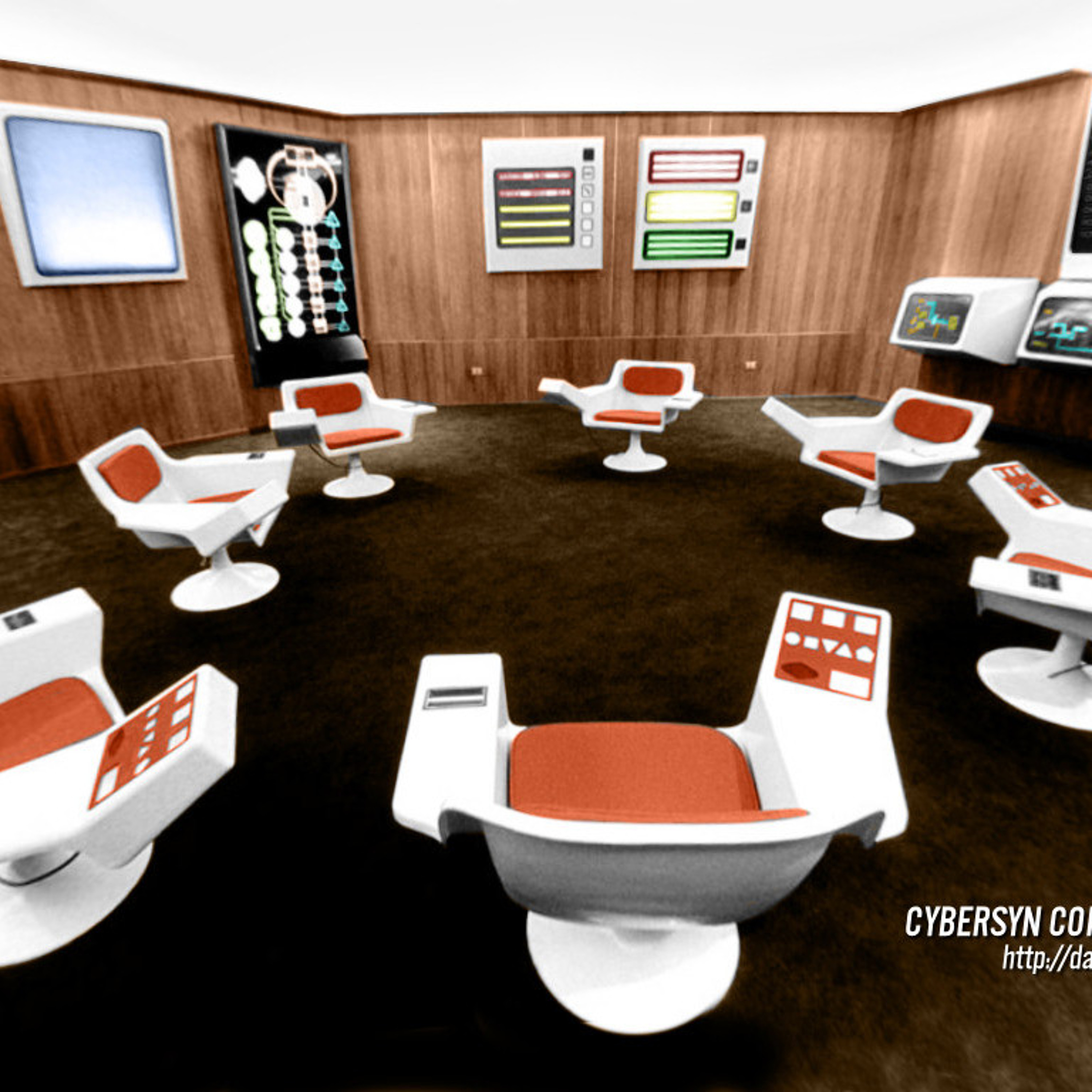
The Isle of Doctor Seaborg
Damn Interesting
It was the summer of 1936 when Ernest Lawrence, the inventor of the atom-smashing cyclotron, received a visit from Emilio Segrè, a scientific colleague from Italy. Segrè explained that he had come all the way to America to ask a very small favor: He wondered whether Lawrence would part with a few strips of thin metal from an old cyclotron unit. Dr Lawrence was happy to oblige; as far as he was concerned the stuff Segrè sought was mere radioactive trash. He sealed some scraps of the foil in an envelope and mailed it to Segrè's lab in Sicily. Unbeknownst to Lawrence, Segrè was on a surreptitious scientific errand. At that time the majority of chemical elements had been isolated and added to the periodic table, yet there was an unsightly hole where an element with 43 protons ought to be. Elements with 42 and 44 protons--42molybdenum and 44ruthenium respectively--had been isolated decades earlier, but element 43 was yet to be seen. Considerable accolades awaited whichever scientist could isolate the elusive element, so chemists worldwide were scanning through tons of ores with their spectroscopes, watching for the anticipated pattern. Upon receiving Dr Lawrence's radioactive mail back in Italy, Segrè and his colleague Carlo Perrier subjected the strips of molybdenum foil to a carefully choreographed succession of bunsen burners, salts, chemicals, and acids. The resulting precipitate confirmed their hypothesis: element 42 was the answer. The radiation in Lawrence's cyclotron had converted a few 42molybdenum atoms into element 43, and one ten-billionth of a gram of the stuff now sat in the bottom of their beaker. They dubbed their plundered discovery “technetium” for the Greek word technetos, meaning "artificial." It was considered to be the first element made by man rather than nature, and its “short” half-life--anywhere from a few nanoseconds to a few million years depending on the isotope--was the reason there’s negligible naturally-occurring technetium left on modern Earth. In the years since this discovery scientists have employed increasingly sophisticated apparatuses to bang particles together to create and isolate increasingly heavy never-before-seen elements, an effort which continues even today. Most of the obese nuclei beyond 92uranium are too unstable to stay assembled for more than a moment, to the extent that it makes one wonder why researchers expend such time, effort, and expense to fabricate these fickle fragments of matter. But according to our current understanding of quantum mechanics, if we can pack enough protons and neutrons into these husky nuclei we may encounter something astonishing.Next Episodes

The Arizona Dragonslayer @ Damn Interesting
📆 2012-12-06 01:00 / ⌛ 00:18:12

The Science of Mental Fitness @ Damn Interesting
📆 2012-11-11 01:00 / ⌛ 00:13:22

Nineteen Seventy Three @ Damn Interesting
📆 2012-10-17 02:00 / ⌛ 00:31:12